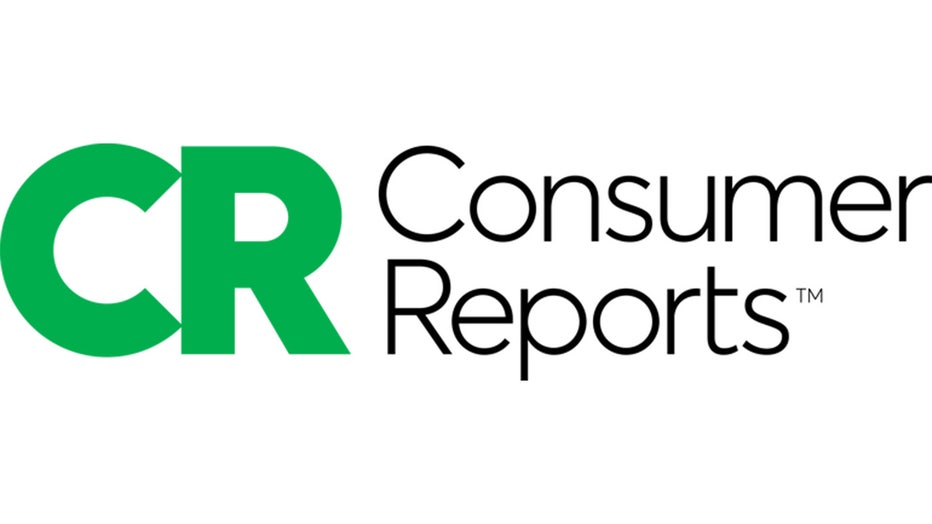Reading food labels
Reading food labels
The experts explain which food labels help you make healthy choices and which ones are just hype.
You see them every time you’re in a grocery store. Labels with promising claims like "natural," "very low sodium," and "sugar-free." What do they really mean, and should you pay more for products because of them? Consumer Reports cuts through the confusion by revealing which labels to skip.
Which labels help you make healthy choices, and which are just hype?

Some food labels are regulated by the Food and Drug Administration but others aren’t, and they may not mean what you think they do.
If you want to choose food that’s produced without harmful pesticides and fertilizers, look for the USDA Organic Seal, which has stringent verification rules.

Disregard labels that say "pesticide-free" or "zero pesticides," because those terms aren’t regulated.
If you’re trying to cut back on salt, look for labels with "low sodium" or "very low sodium" on them.

Low-sodium foods have 140 mg or less per serving, and very low-sodium foods have 35 mg or less per serving.
"No salt added" and "unsalted" don’t always mean sodium-free.

These terms mean that no salt was added during processing, but some foods naturally contain sodium.
Now to tame a sweet tooth: You’ll want to look for labels that say "no added sugars" or "sugar-free."
And "no added sugars" means just that. For items like tomato sauce and ketchup, look for "no added sugars" but not "sugar-free," because tomatoes naturally contain sugar.

It’s added sugars you need to be mindful of. "Lightly sweetened," "slightly sweet," "a tad sweet," and similar terms aren’t regulated.
"Reduced sugar" is also regulated by the FDA. It means that the food has at least 25 percent less sugar than a comparable product. Whether that’s a good thing depends on the starting amount.
Now to the bread aisle. Count on these claims: "100 percent whole grain" and "100 percent whole wheat."

Products with labels that say "multigrain" or "made with whole grains" may contain refined grains. Consumer Reports experts found fewer than half of the breads in a recent review labeled with terms like those were 100 percent whole grain.
Claims like "excellent source of" or "high in" fiber guarantee that you’ll get at least 20 percent of the 28-gram daily value, or 5.5 grams, per serving.
Still not sure about an item you want to buy? Just flip it over: The ingredients list and the nutrition facts panel are a better source of the nutritional information than front-of-package claims.

All Consumer Reports material Copyright 2023 Consumer Reports, Inc. ALL RIGHTS RESERVED. Consumer Reports is a not-for-profit organization which accepts no advertising. It has no commercial relationship with any advertiser or sponsor on this site. Fo

